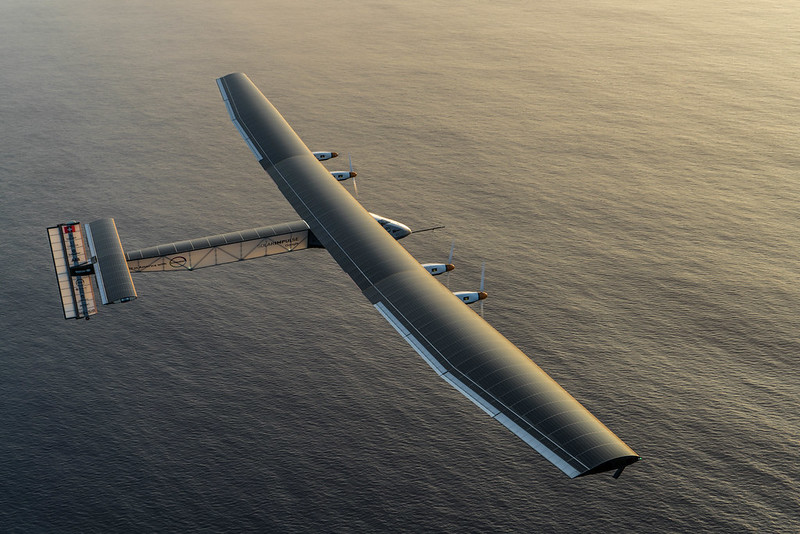 A plane that can travel day and night without a single drop of fuel? A plane that can travel solely on alternative energy?
A plane that can travel day and night without a single drop of fuel? A plane that can travel solely on alternative energy?
This may sound like a science fiction movie, but such technology does exist.
The Solar Impulse is a plane that is making a solid 35,000 km (21,747 miles) journey around the world—traveling entirely on solar power.
An Inspiration
Pilots Andre Borschberg and Bertrand Piccard rode this incredible machine.
Piccard was inspired to create a solar plane in 1999 when he circumnavigated the world in a hot air balloon. Shocked that he had used over three tons of fuel, he promised himself that one day he would make a fuel-free journey.
The first prototype, known as Solar Impulse 1, was made in 2009. However, it was used to conduct flight tests and was only meant to stay airborne for approximately 36 hours. Piccard and Borschberg completed a successful journey from Switzerland to Spain and then Morocco in 2012 with the prototype.
A second aircraft, the Solar Impulse 2 which was referred to as the Solar Impulse, was built and completed in 2014. The aircraft took off on March 9, 2015, and has completed its longest leg so far - from Japan to Hawaii, on June 28th.
Challenges And Struggles
To ensure that the aircraft is fuel-efficient, it has to be lightweight. The Solar Impulse 2 aircraft is constructed with carbon fiber and has a huge wingspan. It is wider than a Boeing 747 jet to accommodate all the 17,000 solar cells that will generate power to propel the four electric motors for the aircraft.
Despite the load, the vehicle weighs a mere 2.3 tons! During the day, the solar cells will recharge lithium batteries. These batteries will keep the propellers turning through the night.
The slow speed, lightweight, and 72-meter wingspan of the Solar Impulse made it challenging to fly under extreme weather conditions.
In fact, the first leg was aborted in the air just after one day of flying due to high-speed cold fronts. The cold fronts caused many unexpected delays. For example, even though the flight was destined for Hawaii straight from China, Borschberg was forced to make an unscheduled stop in Nagoya, Japan after encountering cold fronts.
When they reached Hawaii, Piccard told reporters Borschberg's flight was, in fact, longer than other flights that use fuel. Borschberg showed the world not only a historic accomplishment but also a remarkable usage of renewable energy, giving us a glimpse of the possibilities of the future.
The Solar Impulse has almost traveled the whole world. It has yet to finish its journey with its next task to cross the largest stretch of the ocean - the Pacific, before the peak hurricane season in August. The Solar Impulse has traveled eight legs so far (see notes) and has one more to conquer soon!






